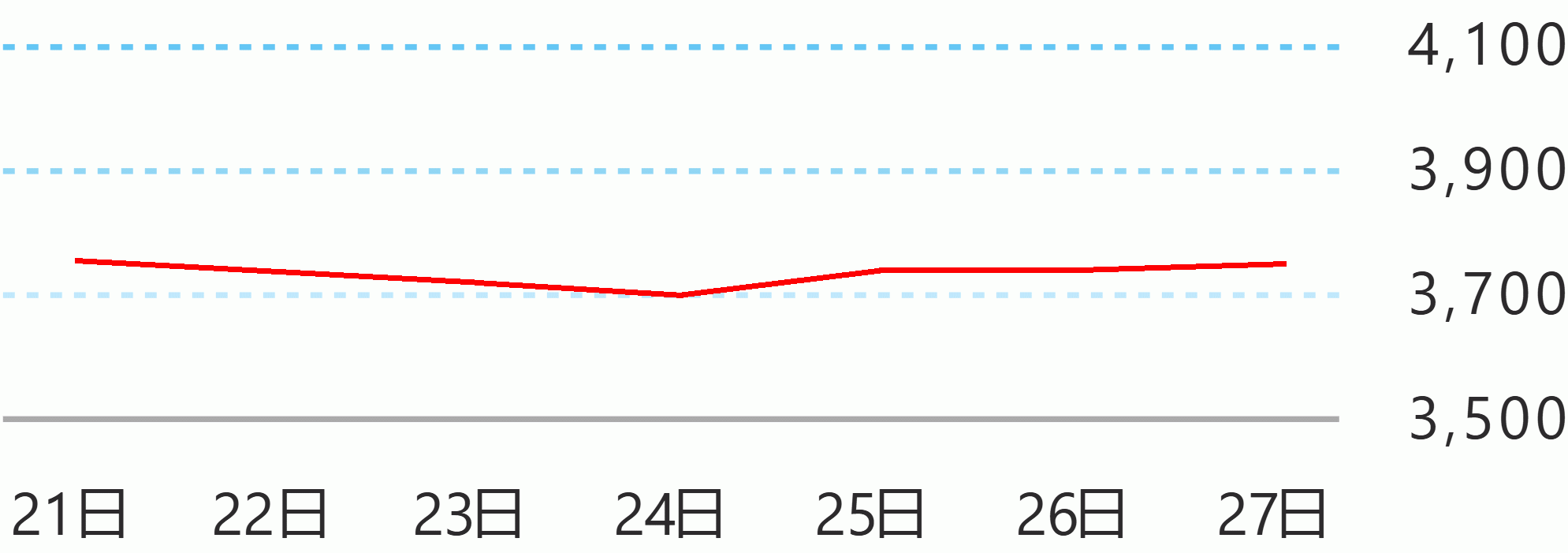Philippines' net external liability position rises to $31.6b as of end-March
The country’s net international investment position registered a net liability position of $31.6 billion as of end-March, which is 14.4 percent higher than the $27.6 billion recorded in end-December 2021.
This stemmed from the decline in total external financial assets by 1.1 percent, coupled with the increase in total external financial liabilities by 0.5 percent. As of end-March, total outstanding external financial assets amounted to $238.4 billion, while total outstanding external financial liabilities totaled $269.9 billion.
The quarter-on-quarter contraction in the country’s total stock of external financial assets was due primarily to the decline in other investments by 7 percent (from $30.5 billion to $28.4 billion), resulting from residents’ net withdrawal of their currency and deposits in foreign banks and net repayment of loans by non-resident debtors.
In addition, the decrease in reserve assets by 1.4 percent from $108.8 billion to $107.3 billion as of end-March due mainly to valuation adjustments also contributed to the lower total outstanding external financial assets of the country during the review period.
Meanwhile, the slight increase in the Philippines’ total stock of external financial liabilities during the quarter was due to the expansion in other investments by 3.3 percent from $66.9 billion to $69.1 billion, following the increase in outstanding loans extended by non-resident creditors.
Further, the rise in foreign direct investments (FDI) by 1.8 percent from $110 billion to $112 billion on account of the upturn in net investments in debt instruments also supported the increase in the total outstanding external financial liabilities.
However, the uptick in the country’s total outstanding external financial liabilities was muted partly by the 3.0 percent drop (from $91.4 billion to $88.6 billion) in foreign portfolio investments (FPI) due to revaluation losses.
On a year-on-year basis, the country’s net liability position increased by 94.8 percent (from $16.2 billion) as total outstanding liabilities for the period increased by 9.8 percent (from $245.9 billion), which outpaced the 3.8 percent growth in the total stock of financial asset (from $229.7 billion).
The surge in total external financial liabilities stemmed mainly from the growth in outstanding FDI in the form of debt instruments, foreign loans availed by residents, and non-residents’ holdings of equity securities issued by residents.
The BSP continued to account for the largest share of the country’s total stock of external financial claims on the rest of the world at 47 percent, or equivalent to $111.9 billion.
This was followed by the other sectors and banks, which accounted for 37.5 percent ($89.4 billion) and 15.5 percent ($37 billion) of the total external financial assets of the country, respectively.
By type of instrument, majority of the country’s stock of external financial assets was in the form of reserve assets of the BSP at 45 percent. Other major types of external financial assets include investments in debt instruments issued by foreign affiliates (or intercompany loans) (16 percent), debt securities issued by non-residents (13.4 percent), equity capital (11.8 percent), currency and deposits (6.3 percent) and loans extended to non-residents (4.9 percent).
The other sectors’ total external financial liabilities reached $173.3 billion as of end-March, which accounted for the largest share or 64.2 percent of the country’s outstanding external financial liabilities.
This was followed by the National Government at $61.4 billion, comprising 22.7 percent of the country’s total external financial liabilities. Banks accounted for 11.6 percent of the total liabilities at $31.3 billion. The BSP held a marginal portion or 1.5 percent of the country’s total external financial liabilities at $4 billion.
Outstanding external financial liabilities of residents to the rest of the world were largely in the form of FDI in equity capital (22.3 percent) and debt instruments (19.2 percent); loans from non-resident creditors (21.1 percent); and FPI in equity securities (16.9 percent) and debt securities (16 percent). BSP





 English
English









